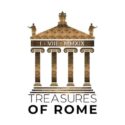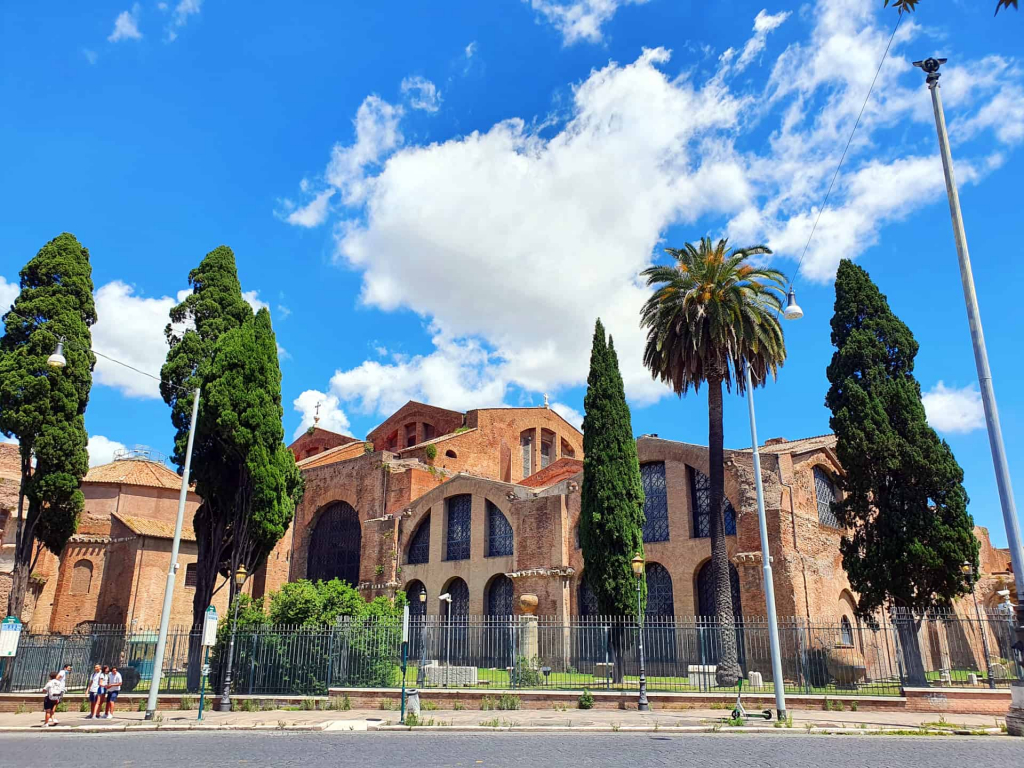
Palazzo Venezia
Palazzo Venezia is an impressive building in the heart of Rome that has undergone a fascinating transformation over the centuries. Originally built as a papal palace, it has since been used for a variety of purposes, including as a museum. Join us on a journey through time and explore the fascinating history of Palazzo Venezia.
Palazzo Venezia, the namesake for Piazza Venezia, was built between 1455 and 1464 for Venetian Pope Paul II, when he was Cardinal Pietro Barbo. The building is one of the first Renaissance buildings in Rome and at times served as the papal residence. The palace was designed by the famous architect Leone Battista Alberti and was intended to be a magnificent and imposing residence for the Pope. However, there are other architects who are believed to be behind the construction. Among them Giuliano da Maiano, Bernardo Rosselino and Francesco da San Sepolcro.
Over the centuries, the palace has been used by various popes. Today, visitors can still see many of the original features of the palace, including the stunning frescoes and ornate decorations. In the early 16th century, the palace was considered one of the most beautiful and distinguished buildings in the city.
Pope Paul III used Palazzo Venezia as his summer residence. To secure the area, he had a fortified tower built in the Capitol and connected it to the palace with a passage. Certainly the Castel Sant’Angelo and the protected passage “Passetto di Borgo” that connects the castle with the Vatican served as inspiration. Unfortunately, nothing of these additions by Paul III has been preserved.
In 1564 Palazzo Venezia became Venetian embassy by a donation of Pope Pius IV. In 1797 the palazzo passed to the Habsburgs and in 1815 to Austria. During the Fascist period, the palazzo was the official seat of Mussolini’s government. From the balcony of the palazzo he made his speeches to the masses. On the second floor in the Sala del Mappamondo, he had his study. He always left the light on to pretend that he was working without interruption.
At the beginning of the 20th century, Palazzo Venezia underwent a major transformation when it was turned into a museum. The decision to turn the palace into a museum was made by the Italian government, which recognized the historical and cultural importance of the building. The renovation work was extensive and required the removal of many of the original furnishings and decorations. However, the stunning frescoes and other decorative elements were carefully preserved and can still be viewed by visitors today. Today, Palazzo Venezia is one of the most popular museums in Rome and attracts visitors from all over the world who admire its rich history and stunning architecture.
The palace hosts various cultural events throughout the year, including concerts, lectures and exhibitions. With its prime location in the heart of Rome, Renaissance and medieval exhibits, and rich history, Palazzo Venezia is sure to remain a popular destination for years to come.

Palazzo Venezia (Rome)

Skip-the-Line tickets for the Palazzo Venezia
Opening hours:
Monday – Sunday: 09:30 – 19:30
Buy your tickets here and skip the line!







